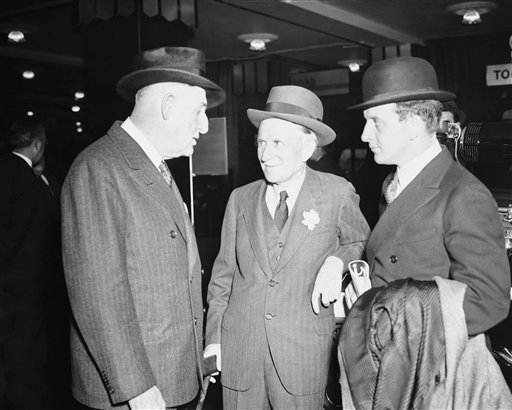In Time, Inc. v. Firestone, 424 U.S. 448 (1976), the Supreme Court clarified the public figure test for libel suits developed in Gertz v. Robert Welch, Inc. (1974). The decision provided more guidance in a contentious area of defamation law — determining when a person suing for libel (or defamation) is a public figure or a private person.
Time falsely characterized Ms. Firestone divorce
The case originated when Time magazine reported that Russell Firestone, a wealthy industrialist, had obtained a divorce on the grounds of “extreme cruelty and adultery.” When publishers refused to retract this false characterization of the divorce judgment, Mary Alice Firestone brought a libel action against the magazine, securing $100,000 in damages. The state court and the Supreme Court of Florida ruled that Ms. Firestone was not a public figure. The magazine appealed, and the case made its way to the Supreme Court.
Court held that Ms. Firestone was a private person, entitled to damages
Justice William H. Rehnquist, writing for the 5-3 majority (Justice John Paul Stevens did not participate), held that Ms. Firestone was a private person, thereby entitling her to damages upon a showing of negligence rather than the heightened actual malice standard for public figures. The Court then vacated the judgment of the Supreme Court of Florida and remanded the matter for an assessment of fault.
Time had argued Ms. Firestone was public figure
Lawyers for Time had unsuccessfully contended the libel award violated its rights under the First and Fourteenth Amendments because Ms. Firestone was a public figure, thereby invoking the standard asserted in New York Times Co. v. Sullivan (1964) and Curtis Publishing Co. v. Butts (1967). To demonstrate libel, Time argued that Ms. Firestone must prove that the defamatory statement was made “with knowledge that it was false or with reckless disregard of whether it was false or not.”
Court refined definnition of ‘public figure’
At issue in Time, Inc. v. Firestone was the meaning of the term “public figure.” In Gertz the Court held that the actual malice standard applied only to public figures. Private figures need only demonstrate negligence to recover damages for libel. In Ms. Firestone’s case, the Court held that she was a private figure because she did not occupy a position of “pervasive power and influence” in Palm Beach society nor had she voluntarily thrust herself into the controversy. Filing a divorce suit, noted Justice Rehnquist, was mandated by state law.
Justice Lewis F. Powell’s concurring opinion, joined by Justice Potter Stewart, expressed the view that “there was substantial evidence supportive of Time’s defense that it was not guilty of actionable negligence” because of the efforts taken to check the story’s accuracy prior to publication.
In a dissenting opinion, Justice William J. Brennan Jr. argued that the actual malice standard should apply to judicial proceedings. Justice Thurgood Marshall’s dissenting opinion also supported the application of the actual malice standard because Ms. Firestone was, in his opinion, a public figure.
Jon L. Brudvig was Director of the Theodore Roosevelt Honors Leadership Program at Dickinson State University in North Dakota when this article was published in 2009.

